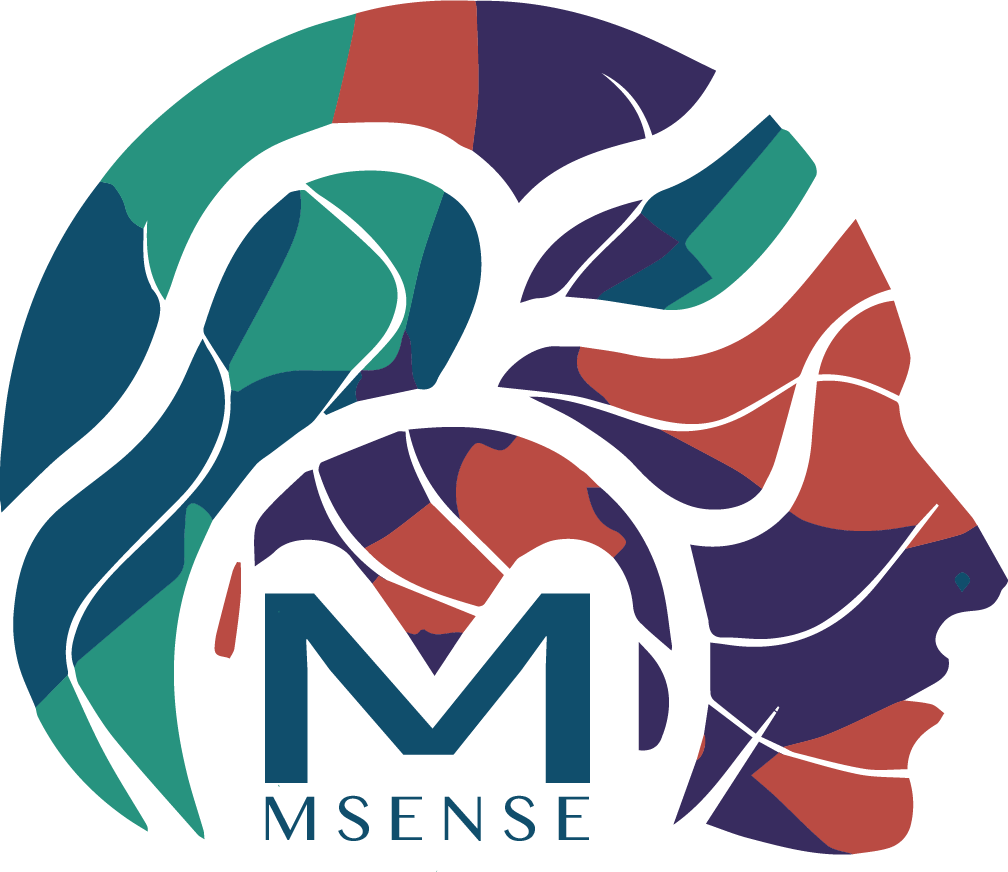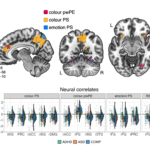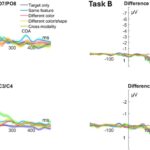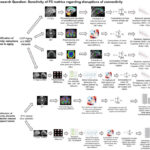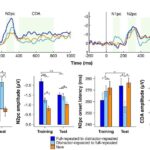When visual search involves salient but irrelevant distractions, their interference can be reduced if they appear in a display region where such distractions have occurred frequently in the past. This phenomenon is called distractor-location probability cueing. However, previous studies did not independently manipulate the probability of ‘frequent’ and ‘rare’ regions. In a recent study by Allenmark and colleagues (2022), this issue was examined to determine if distractor location learning reflects a local habituation effect. By manipulating distractor prevalence across various experiments, they were able to differentiate the local probability of the distractor from the frequent vs. rare frequency ratio. They discovered that interference caused by the distractor in the test region was not significantly impacted by the frequency in the other region. These findings are consistent with a purely local learning account.
Reference.
Allenmark, F., Zhang, B., Shi, Z., & Müller, H. J. (2022). Learning to suppress likely distractor locations in visual search is driven by the local distractor frequency. Journal of Experimental Psychology. Human Perception and Performance, 48(11), 1250–1278. https://doi.org/10.1037/xhp0001054 (Biorxiv full text)
